Williams has unveiled its latest addition to its economical three-rail product line: the EMD SD90MAC diesel. Probably the only more modern or more timely engine Williams could have built would be the Amtrak Accela!
The SD90MAC is at the peak of EMD’s locomotive development. The engine is designed to provide 6,000 horsepower and to replace two 3,000-hp or three 2,000-hp locomotives and offer real railroads budget-saving economies.
The engine has AC power, which is more expensive and complex than older DC models, promises a better adhesion to the rails, a 16-percent reduction in fuel use when compared to a 3,000 hp SD40-2, and extended scheduled maintenance intervals, and reduced downtime during those service periods. Not small considerations in today’s rough and tumble transportation market.
But to the average toy train guy, what are the critical prototypical details? First, the SD90MAC is big, more than 80-feet long, 15-feet, 8-inches high, and 425,000 pounds. Second, it has radiator wings just beyond the mid-section, sort of like a GE. These help keep a 305-gallon radiator system cool. Third, it has a nifty little dip in the middle of the roof, and fourth, it offers the somewhat stubbier looking Whispercab that provides for a quieter and safer crew environment.
The gang at Williams continues its trend to create detailed, scale-like locomotive shells and place them on economical stamped-steel frames. This way hobbyists can have some of the latest motive power in full-sized versions without draining their bank accounts.
This may be the most interesting Williams shell yet. Detail items of note include the Whispercab with its centered headlight and cast-in door that gives the crew a taller entryway, and the add-on grab irons and sand caps.
Along the engineer’s side of the body, a raised portion of the exterior has a recessed access door that gives the side a rich texture, as do the many doors, hatches, and latches that dot the body. There are 34 simulated accessway latches on this side alone!
The top of the shell is smooth, but it does have four simulated fans and those terrific radiator-wings-on-steroids. There is also the aforementioned drop in the middle of the body though it lacks the slope of the prototype.
The fireman’s side is similarly well detailed with 28 simulated latches and six simulated handles! But the foremost feature on this side is a notch in the side just behind the cab. This feature would be easy to miss. Even in prototype photos, if the light (or engine paint job) isn’t just right, you can fail to see this as a deep recess. It would be very easy for a manufacturer to “paper over” the recess with another hatch, but sure enough, there it is, penetrating approximately 1/2 inch into the body with a walkway crossing above it. This is commendable attention to detail.
The economy features of this engine include a stamped-steel frame, die-cast metal trucks and couplers (as seen on Williams’ SD45 models), and a heavy die-cast metal modern General Electric-style fuel tank that is used on other Williams engines such as the U33C and Dash-9.
The painting of both samples we saw was superb, but on the Norfolk Southern paint sample the road name and stripes appeared to be a bit too low.
Size wise, the unit measured 171/2 inches long and 4 inches tall, or in scale feet, about 70 feet long, and 16 feet tall, about 10 scale feet too short and a few scale inches taller than the prototype. Though a fair-sized product, the engine still negotiates O-31 curves easily.
On the test track the engine delivered smooth, quiet performance. Conducting the average speed tests, the SD90MAC performed well, with a low end speed of 17.7 scale mph and a high-end average of 155 scale mph.
The 4.8 pound engine easily hauled our 20-car test train and never seemed to tire or get noticeably warm. We measured 3.3 pounds of drawbar pull from this engine, which roughly equals more than 190 (that’s 1-9-0) modern, free-rolling pieces of rolling stock on straight and level track.
The Williams Electric Trains SD90MAC is an economy model that delivers top notch, freight-hauling performance. This is a powerful and visually interesting addition to any modern locomotive fleet.





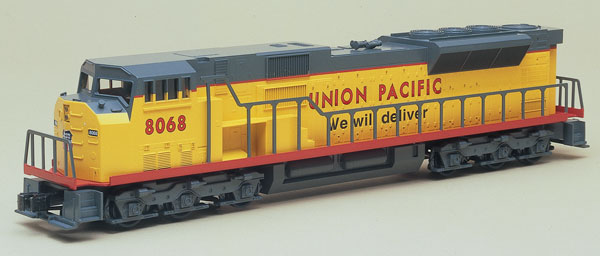

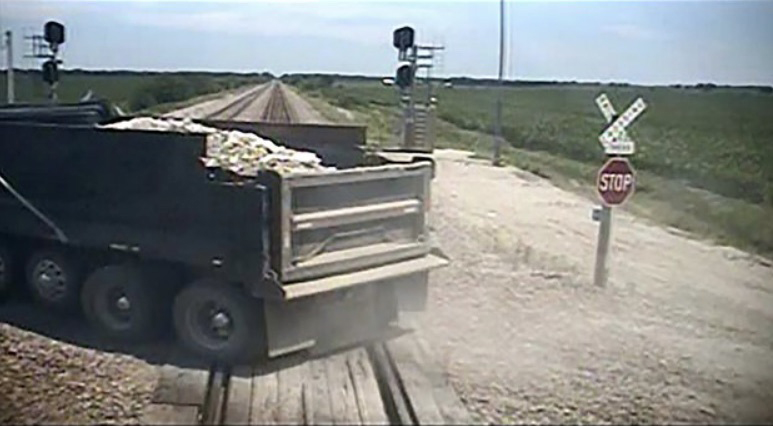
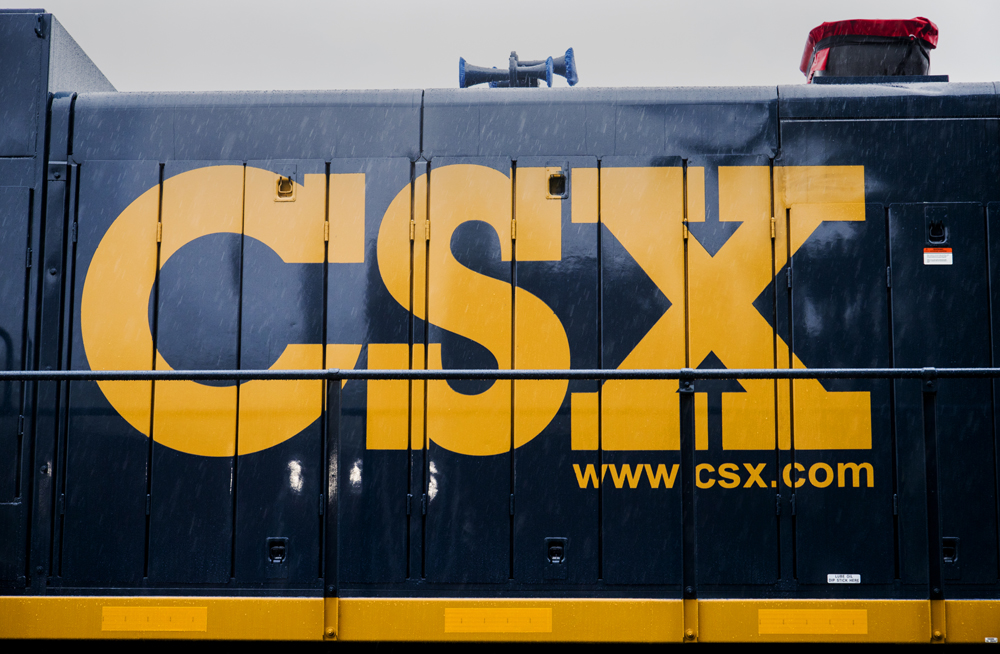
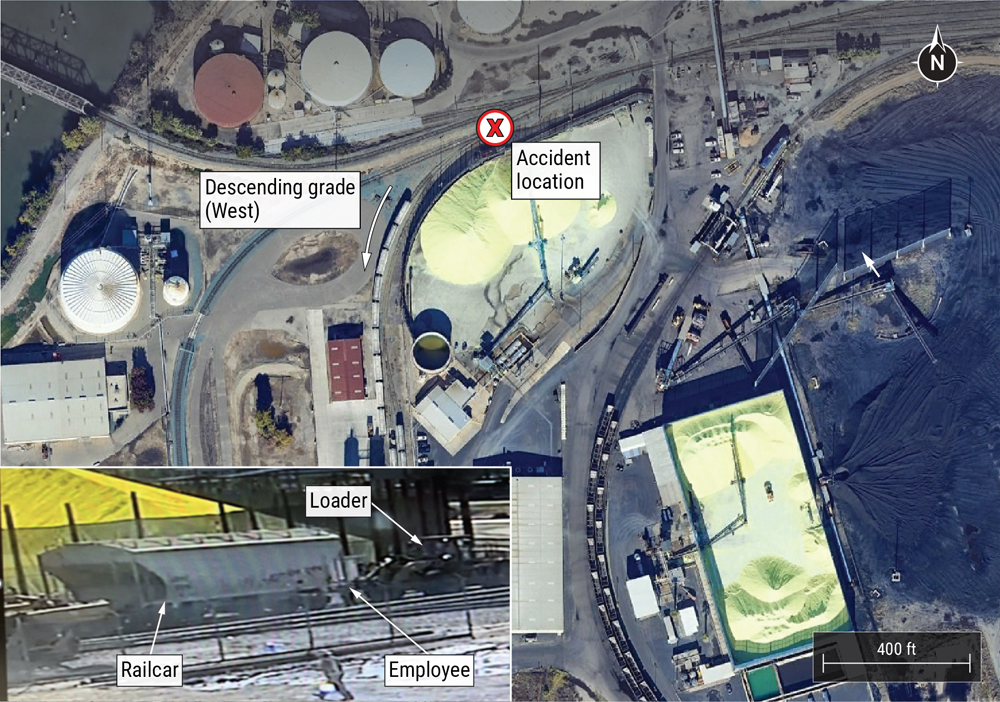
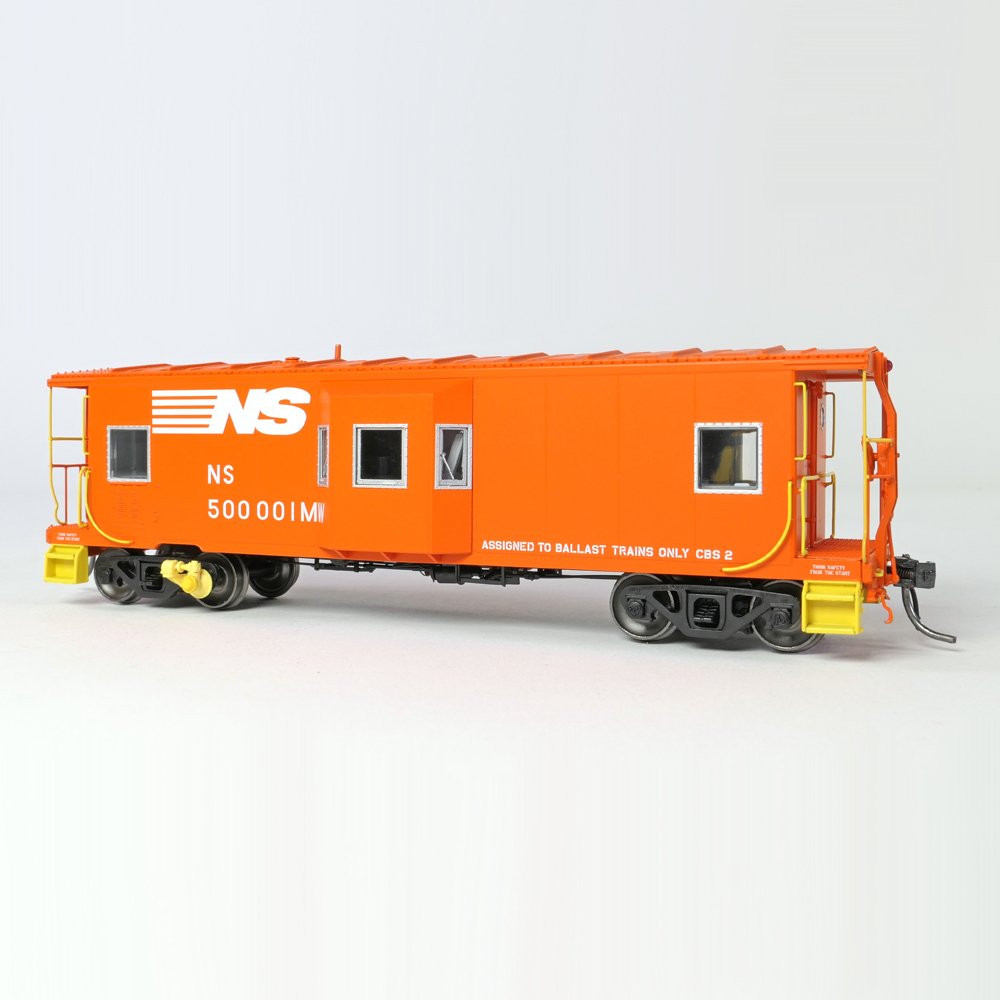




I wanted a UP USA Flag Heritage unit and this one fits the bill. It pulls like a banshee. I don't mind that some details are not there compared with the other brands, but then again I still have the almost $300 difference in my pocket! My son and I can run this one without worry of damaging something really pricey!
I purchased a Williams SD-90 at the 2008 LOTS convention in Indiana.It was my first used train and I love it. I purchased the demonstrator paint shceme.
I WOULD LIKE TO SEE A SD90MAC DUMMY UNIT, FROM WILLIAMS OR LIONEL. THANKS